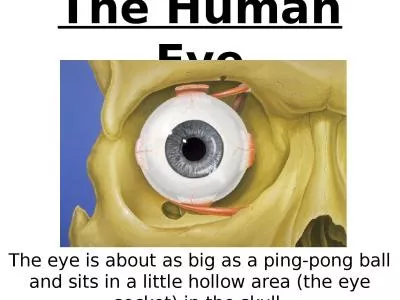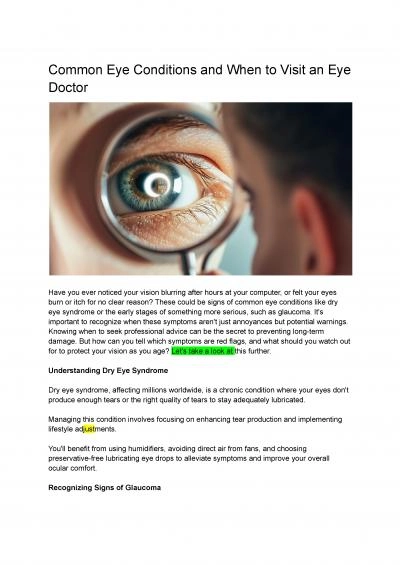PPT-Using Eye Tracking Software in Psychological Research: A Hands-On
Author : phoebe-click | Published Date : 2018-12-18
Learning Experience John ShelleyTremblay PhD University of South Alabama Workshop Description This workshop explores the theory and methodology of human eye tracking
Presentation Embed Code
Download Presentation
Download Presentation The PPT/PDF document "Using Eye Tracking Software in Psycholog..." is the property of its rightful owner. Permission is granted to download and print the materials on this website for personal, non-commercial use only, and to display it on your personal computer provided you do not modify the materials and that you retain all copyright notices contained in the materials. By downloading content from our website, you accept the terms of this agreement.
Using Eye Tracking Software in Psychological Research: A Hands-On: Transcript
Download Rules Of Document
"Using Eye Tracking Software in Psychological Research: A Hands-On"The content belongs to its owner. You may download and print it for personal use, without modification, and keep all copyright notices. By downloading, you agree to these terms.
Related Documents










